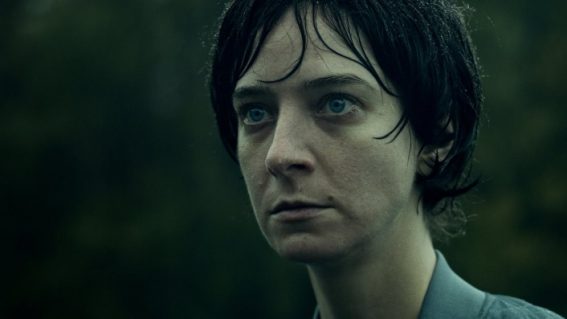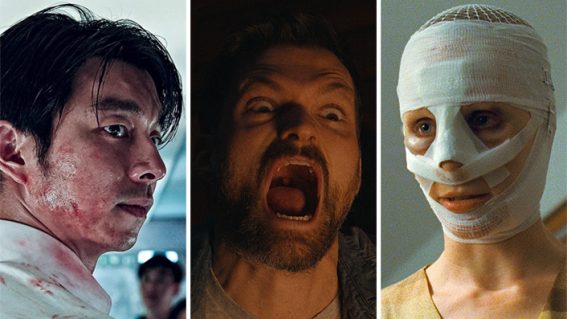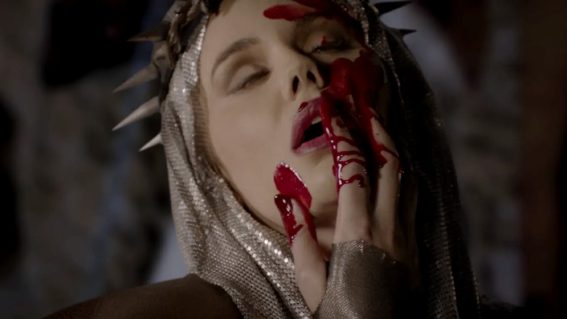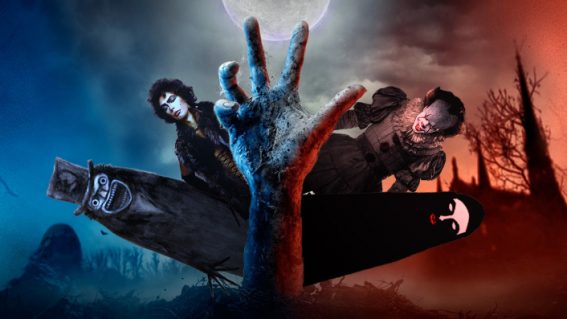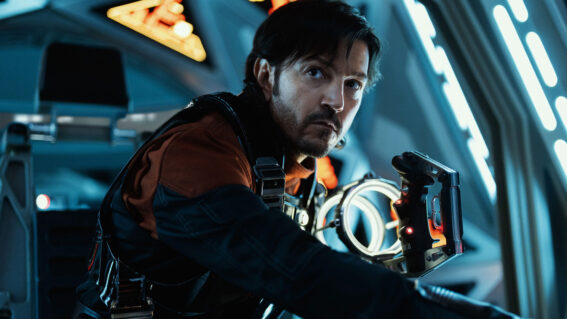Risky studio horror The Empty Man was one of 2020’s best (and criminally underseen)
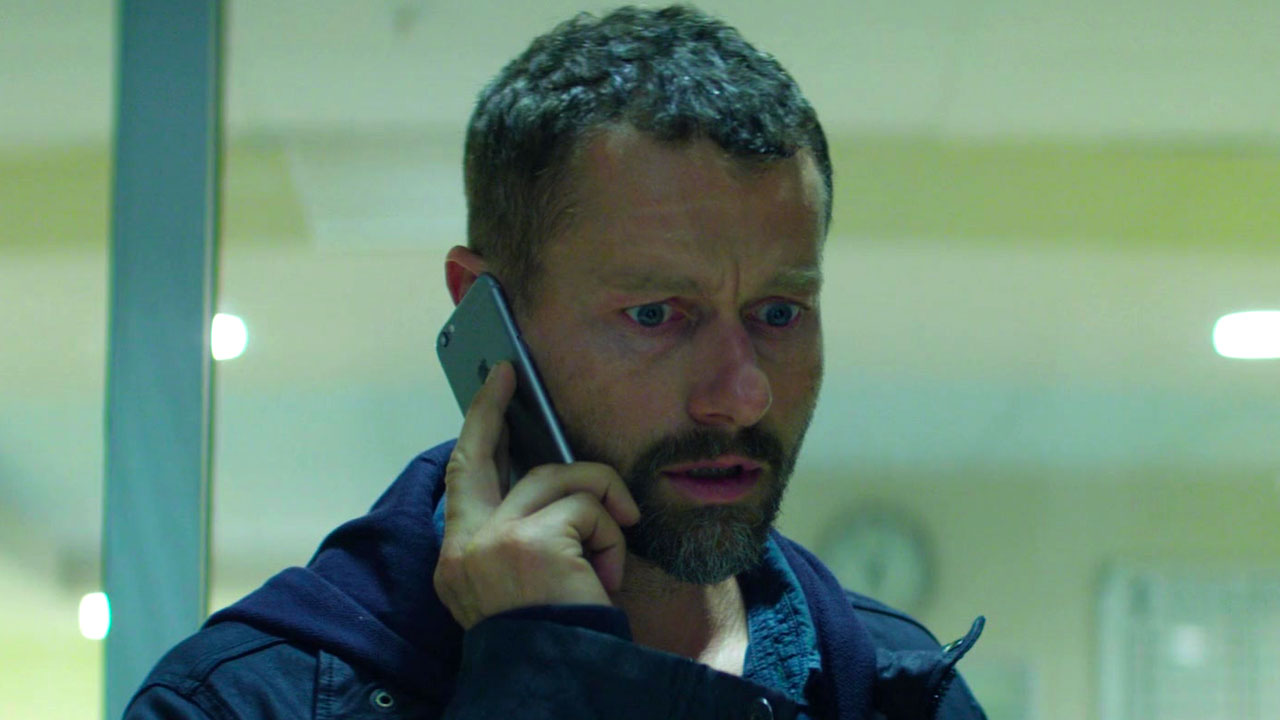
Aaron Yap on his little-seen favourite cinematic experience of 2020, misunderstood (and mismarketed) horror The Empty Man.
The Empty Man opens with a blunder. Not a technical mishap, nor a scene from within the narrative world of the film, but the very first thing you see when the film starts: the studio logo. Caught in the chaotic midst of the great Disney-Fox merger of 2019, David Prior’s directorial debut, an ambitious synergy of urban legend slasher tropes and occult noir strangeness, would be the last film to display 20th Century Fox’s iconic logo, even though by the time it saw the light of the day, it was basically a 20th Century film.
It’s just one of a series of calamitous twists that has plagued the film since its inception. A loose adaptation of Cullen Bunn and Vanesa R. Del Rey’s graphic novel, The Empty Man started shooting in 2016—the majority of it in Cape Town, South Africa. But it wasn’t until October 2020 that the film was released, or more accurately, dumped, into U.S. theaters with barely any fanfare, in the middle of a raging global pandemic.
In between those years, as if those adverse forces at play in the film’s cosmic horror roots had unleashed a curse, the production suffered one hurdle after another. It’s not quite a Burden of Dreams or Lost in La Mancha, but the setback-riddled timeline makes for an eventful cautionary yarn about the pitfalls of studio-system filmmaking.
Unfavourable weather conditions had slammed the brakes on the final stretch of its shoot in Chicago. The film’s chief exec-level cheerleader, Mark Roybal, a crucial voice in its development, bailed. Initial test screenings were dismal. Release dates kept shifting. Of course, the Disney-Fox merger simply prolonged the entire agonising journey. The odds were monumentally stacked against this weird, unusually out-sized 136-minute horror movie ever finding an audience.
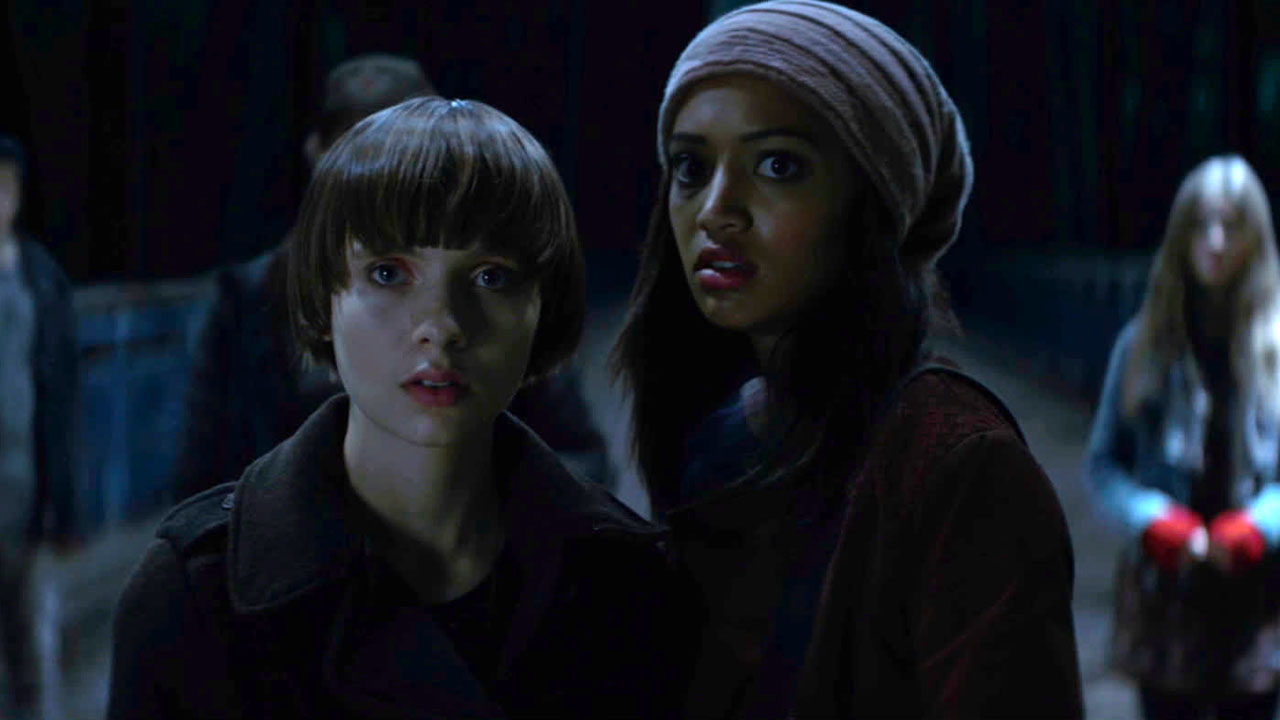
I am that audience. It wouldn’t be an overstatement to say watching The Empty Man on the big screen last November was my favourite cinematic experience of 2020 (granted, there were generally very few of those last year). But discovering it was purely accidental. Curious murmurs had begun to surface online. Its epic-for-horror running time piqued my interest, but those Slender Man creepypasta associations attached to its generic-sounding title less so.
Pleasantly surprised to see it pop up on Reading Cinemas’ website, I took a stab. I mean, why not? Big screen horror, post-second-lockdown. The circumstances felt right. And this was one of those rare instances of walking into a studio picture absolutely blind, expectations unsullied by trailer hype (if there was any marketing at all in New Zealand I’d be surprised). So I found myself at Auckland’s spookily deserted LynnMall shopping centre, settling into a virtually empty cinema, for a movie I knew very little about other than the broad strokes offered by what stateside reactions I had come across.
After the screening, I tweeted:
Might be the pandemic-time low expectations talking, but I did not expect The Empty Man to have the best, creepiest cold open of the year. Enjoyed the rest of the movie too: not great, but there's enough great stuff in there to make me want to see what David Prior does next.
— nature bean (@teddywong) November 6, 2020
While not as unconditionally glowing as some of the fervent cult advocacy for the film that has emerged since, I was largely impressed by Prior’s consummate skill as a first-time feature director. Perhaps a little too much, particularly with regards to the breathtaking opening 20 minutes. There was some mental wrestling to be had with the larger story’s tapestry of woolly, dizzying concepts, which at times, threatened to slip into shaggy-dog territory.
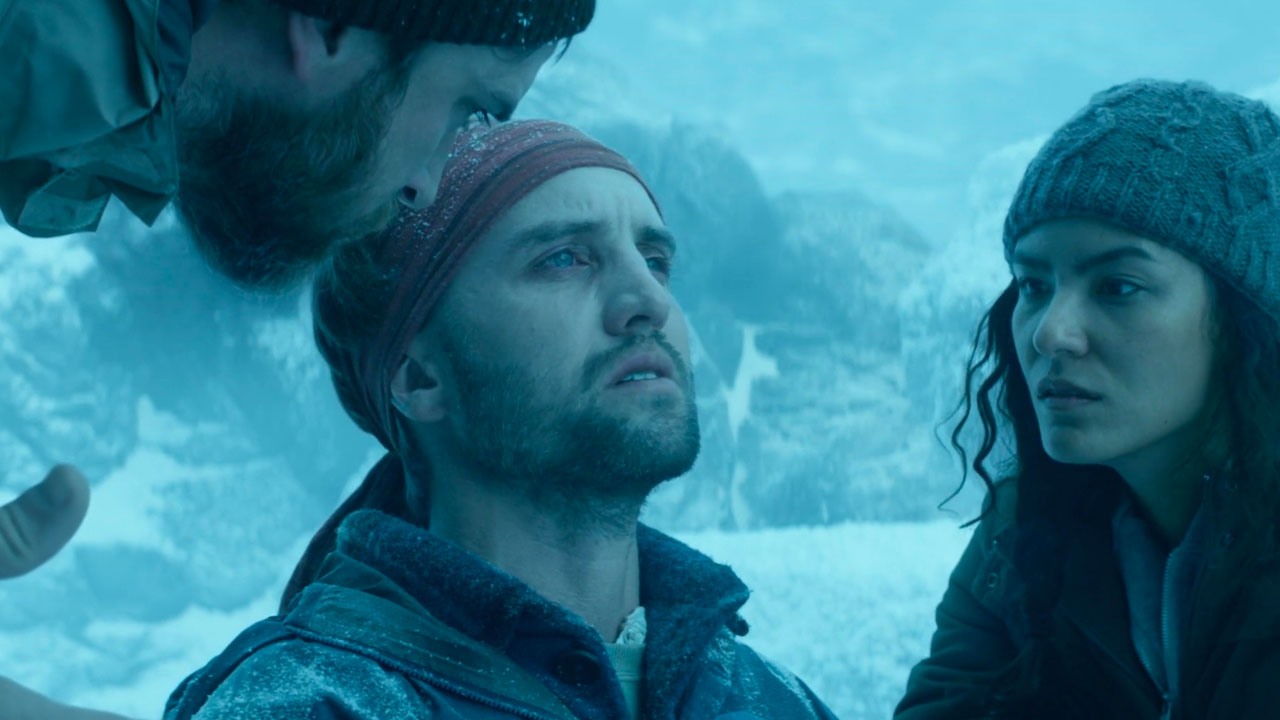
But that prologue, where a group of hikers climbing the Bhutan, Ura Valley mountains slowly succumb to the sinister influence of an unknown, otherworldly entity, is immense, novelistic and enveloping in scope like few horrors are. Giving the viewer few clues as to where the next two hours might be heading, it is truly a cold open for the ages, and would sit agreeably next to the legendary curtain-raisers from The Exorcist and Scream.
Revisiting the film again, without the front-loaded, hypnotic impact of this sequence overshadowing everything else, it’s easier to assess its virtues as a whole. The meticulously mounted dread, the serpentine, hallucinatory contours of the narrative, and the searching philosophical and spiritual inquiry all coalesce with greater clarity.
Prior’s patient craftsmanship echoes the sleek, formal magnetism of David Fincher, whom he shadowed for a number of years making behind-the-scenes documentaries of Fincher’s films like Panic Room and Zodiac. There’s certainly more than a dash of Se7en in The Empty Man’s rain-soaked, foreboding neo-noir-scape.
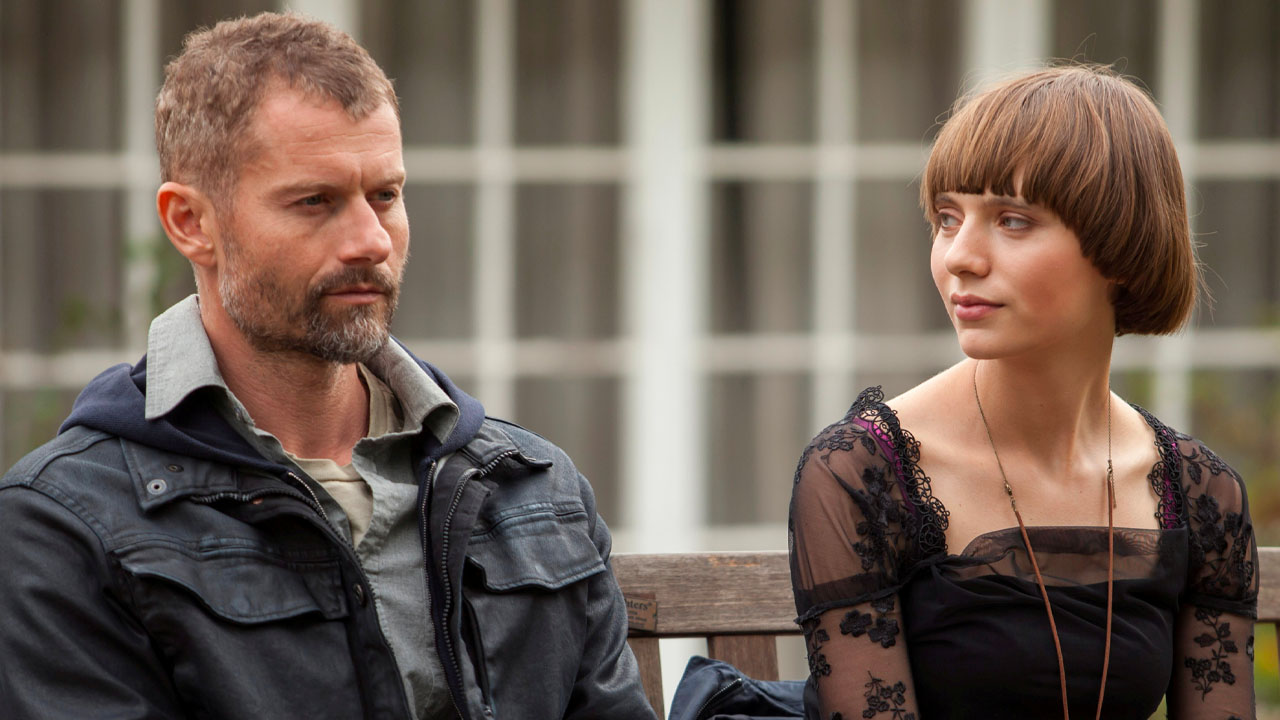
It’s ostensibly a detective thriller at its core, with a familiar set-up. In a finely tuned rumpled, haunted off-duty private-eye-type performance, Rubicon’s James Badge Dale stars as James Lasombra, whose investigation into the sudden disappearance of a friend’s daughter leads him to a Scientology-ish organization called the Pontifex Institute.
A large part of the film’s appeal lies in its fluid, almost casual shape-shifting. Sometimes it behaves like a teen slasher from the 2000s, sometimes an Argento-esque giallo shocker. Most other times, it’s operationally a conspiracy/cult-worship rabbit hole, loaded with cryptic symbols and crazy-making sermons about mind-body transmissions and bridges to other worlds.
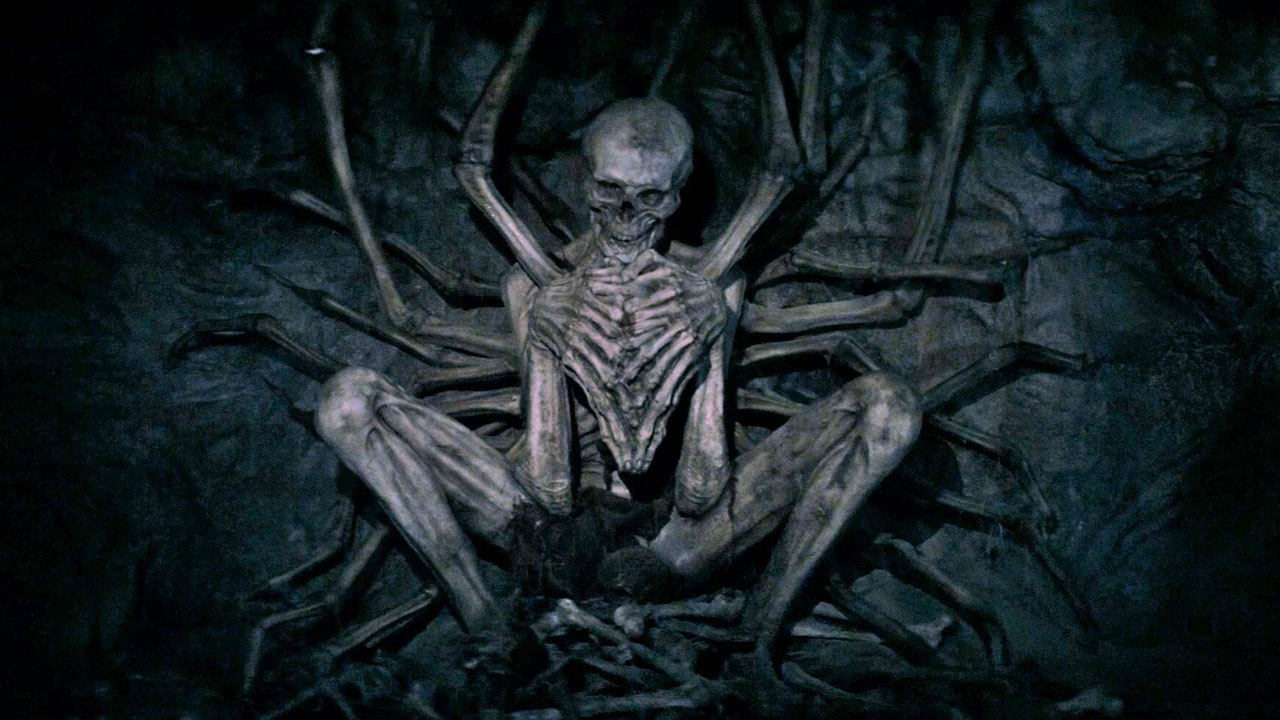
The narrative’s expansive reach contributes to the bulging runtime, but rather than bloated and overlong, it actually feels generous. For anyone who wants to marinate in a thick, absorbing atmosphere of portentous languor, not one minute of the film is too long. Against all odds, The Empty Man is extraordinarily complete, and deliberate in its mind-rupturing Lovecraftian vision. We need more risky studio horror like this. An audience is out there.




